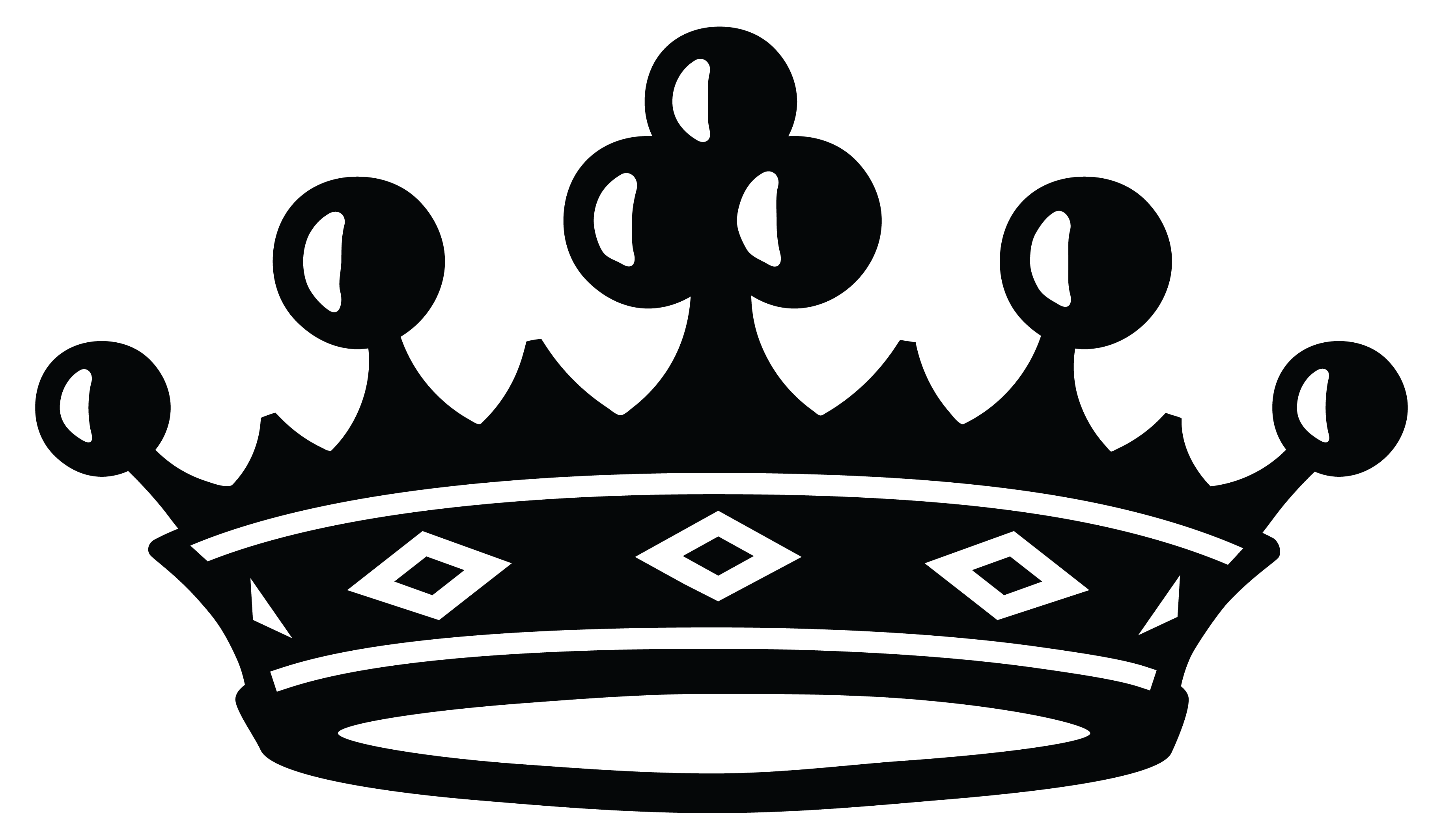The paint was kind of getting thicker and thicker and then I was painting a lot of fabric, like draped fabric, at the time. And I just couldn’t get it thick enough that it would do what I wanted it to do. So I started experimenting with small little swatches of canvas that I put in wood glue and I tried to research what they do on film sets when they want to recreate draped fabric that stays still.
I tried a few different things and then got this solid object and painted that. And then I really liked how that, kind of, became alive and made you feel like you’re inside the painting, instead of just standing back and looking at a rectangle on the wall. And then I just started playing with wire, and paper maché, and plaster of Paris, and they just grew from a sort of experimental, playful place, which I think I’m trying to go back to. Because I think that’s when exciting things happen.










